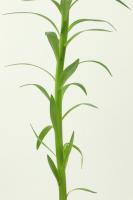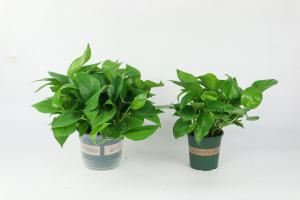Introduction
Plants play a crucial role in the water cycle, as they have the ability to capture and use water from the environment for their growth and survival. However, the amount of water that plants are capable of uptake during rainfall is not well understood. In this article, we aim to explore the question of "how much water do plants uptake in storms?"
Factors influencing plant water uptake
The amount of water uptake by plants is influenced by a variety of factors, including soil moisture, plant species, and the intensity and duration of rainfall. In particular, soil moisture content is a key factor in determining the amount of water that plants can uptake during storms. When the soil is already saturated, the amount of water that can be absorbed by plants is limited. Moreover, different plant species have different tolerances for water stress, and some may be able to take up more water during storms than others. The intensity and duration of the rainfall event also play a role, as more intense and longer-lasting storms have the potential to saturate the soil and increase the amount of water available for plant uptake.
Measurement of plant water uptake
Various methods have been used to measure plant water uptake during rainfall events. One common method is to measure the change in soil moisture content before and after the rainfall event, and then estimate the amount of water taken up by plants. This approach can be challenging, as it requires accurate measurement of soil moisture at different depths and locations, and also assumes that all changes in soil moisture are due to plant uptake. Another approach is to directly measure the water content of plant tissues before and after the rainfall event, using techniques such as stable isotope analysis. This method provides more direct measurement of plant water uptake, but is more labor-intensive and requires specialized equipment.
Case study: plant water uptake in a temperate forest
To illustrate the process of plant water uptake during rainfall events, we can examine a case study of a temperate forest ecosystem. In this ecosystem, a variety of plant species with different water uptake strategies coexist, including trees, shrubs, and herbaceous plants. During a typical summer rainfall event, the soil moisture content is initially low, but increases rapidly as the rain begins. This rapid increase in soil moisture content is due to a combination of infiltration of the rainwater into the soil, and also the release of water from the vegetation due to plant transpiration. As the soil moisture content increases, the plants begin to take up more water, especially those with deep root systems. Over time, the amount of water taken up by plants reaches a plateau, as the soil becomes saturated and the plants can no longer take up additional water.
Conclusion
In conclusion, the amount of water that plants can uptake during storms is influenced by a variety of factors, including soil moisture, plant species, and rainfall intensity and duration. Accurately measuring plant water uptake during storms can be challenging, but is important for understanding the role of plants in the water cycle and the overall dynamics of ecosystems. Further research is needed to better understand the factors that influence plant water uptake and to develop more accurate measurement methods.

 how many times do yo...
how many times do yo... how many planted tre...
how many planted tre... how many pine trees ...
how many pine trees ... how many pecan trees...
how many pecan trees... how many plants comp...
how many plants comp... how many plants can ...
how many plants can ... how many plants and ...
how many plants and ... how many pepper plan...
how many pepper plan...
































